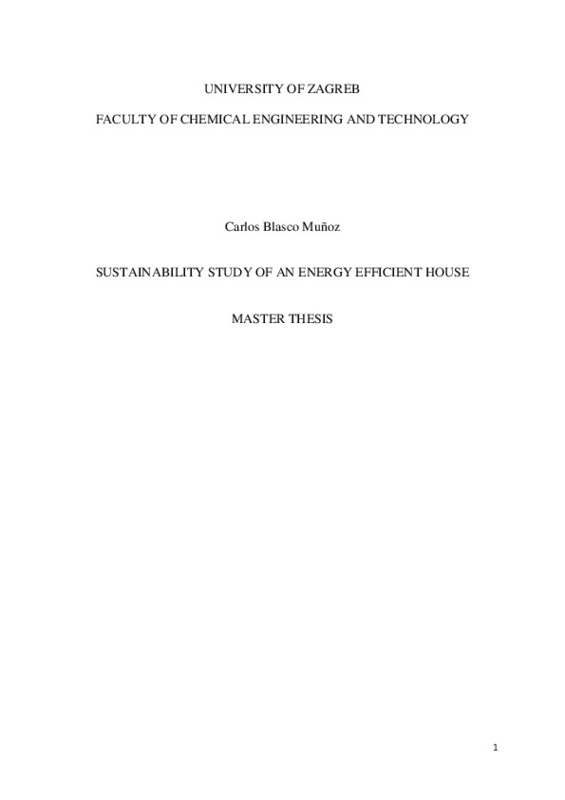|
Resumen:
|
[ES] El trabajo pretende analizar diferentes aspectos relacionados con la sostenibilidad de una vivienda energéticamente eficiente. El estudio se enmarca en el proyecto Azalea UPV, consistente en el diseño y construcción ...[+]
[ES] El trabajo pretende analizar diferentes aspectos relacionados con la sostenibilidad de una vivienda energéticamente eficiente. El estudio se enmarca en el proyecto Azalea UPV, consistente en el diseño y construcción de una vivienda sostenible para la participación en el Solar Decathlon Europe 2022, competición europea en la que los diferentes equipos compiten con el objetivo de crear viviendas modulares, eficientes y sostenibles.
En el trabajo se analizan las medidas que se tomaron en el proyecto para conseguir los mejores resultados posibles en cuanto a sostenibilidad. Esto incluye aspectos como la selección de materiales, el análisis del comportamiento energético de la vivienda, el desarrollo de medidas pasivas que contribuyen a la reducción del consumo energético, el diseño de sistemas de energía fotovoltaica y solar térmica para proveer a la vivienda de su propia energía o el cálculo de la huella de carbono y el potencial de las diferentes partes de la construcción de ser reutilizadas en el futuro.
Además, también se analiza la importancia que tiene la implementación de medidas como las tomadas en el proyecto en la construcción tradicional, ya que se trata de una de las actividades industriales más contaminantes del momento.
[-]
[EN] Azalea UPV is a project formed in 2017 in the Polytechnic University of Valencia which aims
to revolutionise our way of living through sustainable building methods that make buildings
and cities more environmentally ...[+]
[EN] Azalea UPV is a project formed in 2017 in the Polytechnic University of Valencia which aims
to revolutionise our way of living through sustainable building methods that make buildings
and cities more environmentally friendly. These objectives are part of the Solar Decathlon
Europe competition, an international contest in which European universities are challenged to
design and build prototypes of modular, sustainable, and highly efficient solar-powered houses.
The Solar Decathlon competition consists of ten contests in which the teams from the different
universities are reviewed. These contests include topics such as architecture, engineering,
energy efficiency and sustainability.
The design of the prototype started in 2019 with the aim to participate in the Solar Decathlon
Europe in Wuppertal, Germany, in 2022. The project intends to develop a sustainable,
innovative and energy efficient house which still maintains Valencian buildings traditional
aspects.
To achieve these objectives, the members of the team designed the whole house, from the
structure and the interior design to the water, heating, ventilation, and energy installations.
Then, when the prototype was already designed, the team built it in Valencia, dismantled it and
built it again in Wuppertal for the competition.
The project’s most important outcome was the development of sustainable and efficient
solutions that respect the cities traditions and that could and should be implemented in
traditional building, as it is one of the activities that contributes the most to climate change.
In the Azalea project, I was the sustainability manager and personally responsible for the LCA,
and the carbon footprint and loop potential calculations. I was also involved in the selection of
materials and the development of systems and measures to reduce energy demand and
consumption, and therefore environmental impact. In this last task, I worked with colleagues
from the architecture and engineering departments of the project.
The aim of this thesis is to analyse and explain the work done for the prototype to be as
sustainable as possible. This includes various aspects as the selection of materials, the analysis
of the prototype’s energy performance, the development of passive measures which reduce
energy consumption, the design of photovoltaic and solar thermal systems to power the house
with its own energy, and the Life Cycle Assessment of the house, which includes the calculation
of its carbon footprint
[-]
|







